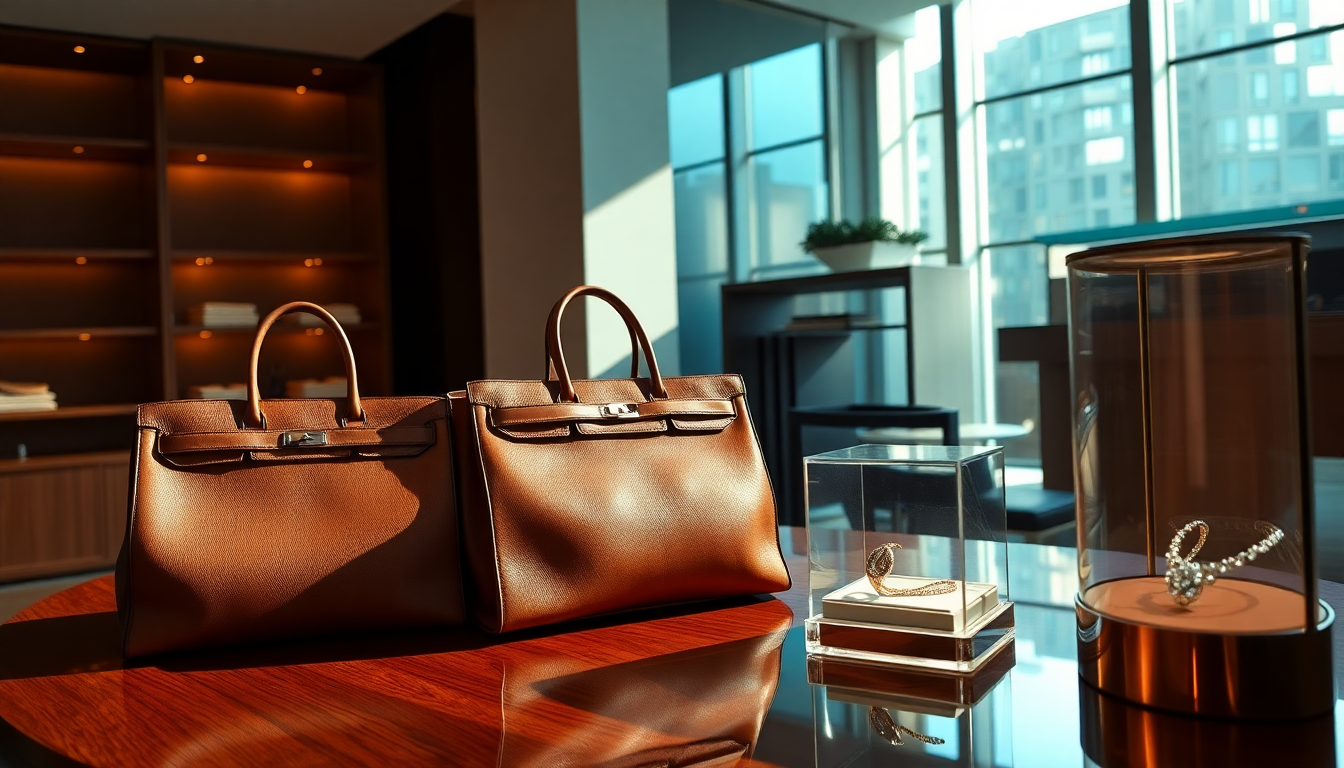Table of Contents
The luxury retail sector often captures attention, not just for its high-end products but also for the surprising crimes that sometimes target it. Recently, a dramatic incident unfolded in Hong Kong where a man was charged with stealing nearly HK$3 million (around US$382,170) worth of pre-owned luxury items, including sought-after Hermes handbags and a stunning Van Cleef & Arpels necklace. This case raises critical questions about security in upscale retail environments and the lengths some individuals will go to for luxury goods. Isn’t it shocking how far people will go for a handbag?
Incident Overview
On a Wednesday afternoon, a 30-year-old suspect allegedly orchestrated a meticulously planned robbery at a shop in Supreme House on Hart Avenue, Tsim Sha Tsui. According to police reports, just before the crime, he purchased a white Hermes handbag for HK$33,000. But things escalated quickly; he reportedly knocked a 49-year-old female employee unconscious and tied her up before making off with multiple items, including 14 pre-owned Hermes bags and two mobile phones.
Can you imagine the chaos in that store?
After the robbery, the suspect made a run for it, flying to Thailand the same day from Hong Kong airport. However, his escape was short-lived; Thai authorities apprehended him upon arrival.
He was swiftly sent back to Hong Kong, where he was arrested at the airport. The police have charged him with robbery, and thankfully, most of the stolen items have been recovered, offering a sigh of relief for the retailer involved.
Implications of the Robbery
This incident starkly highlights the vulnerabilities within the luxury retail sector. High-value items don’t just attract genuine buyers; they also lure criminals looking for a quick payday. The police response to these crimes is crucial.
What measures can be put in place to deter theft and keep employees and customers safe?
Retailers are now urged to evaluate their security protocols, especially given the rise in high-profile thefts. Implementing advanced security systems, conducting regular staff training, and creating effective emergency response strategies could help mitigate risks.
Plus, the luxury market must stay alert to how these crimes might affect consumer perception and overall sales. Are luxury brands doing enough to protect their image?
Conclusion and Future Considerations
As this case progresses, it’s important to keep an eye on its developments and the legal proceedings that follow.
It might also spark more conversations within the retail industry about security and safety measures. In a world where luxury goods are increasingly under threat, maintaining a robust security presence is no longer just a good idea; it’s a necessity.
Looking ahead, the luxury market must adapt to evolving threats while still enticing high-end clientele. Stakeholders should stay proactive, ensuring their operations are resilient against criminal activities to safeguard their valuable assets and reputation. How will luxury brands evolve in response to these challenges?





